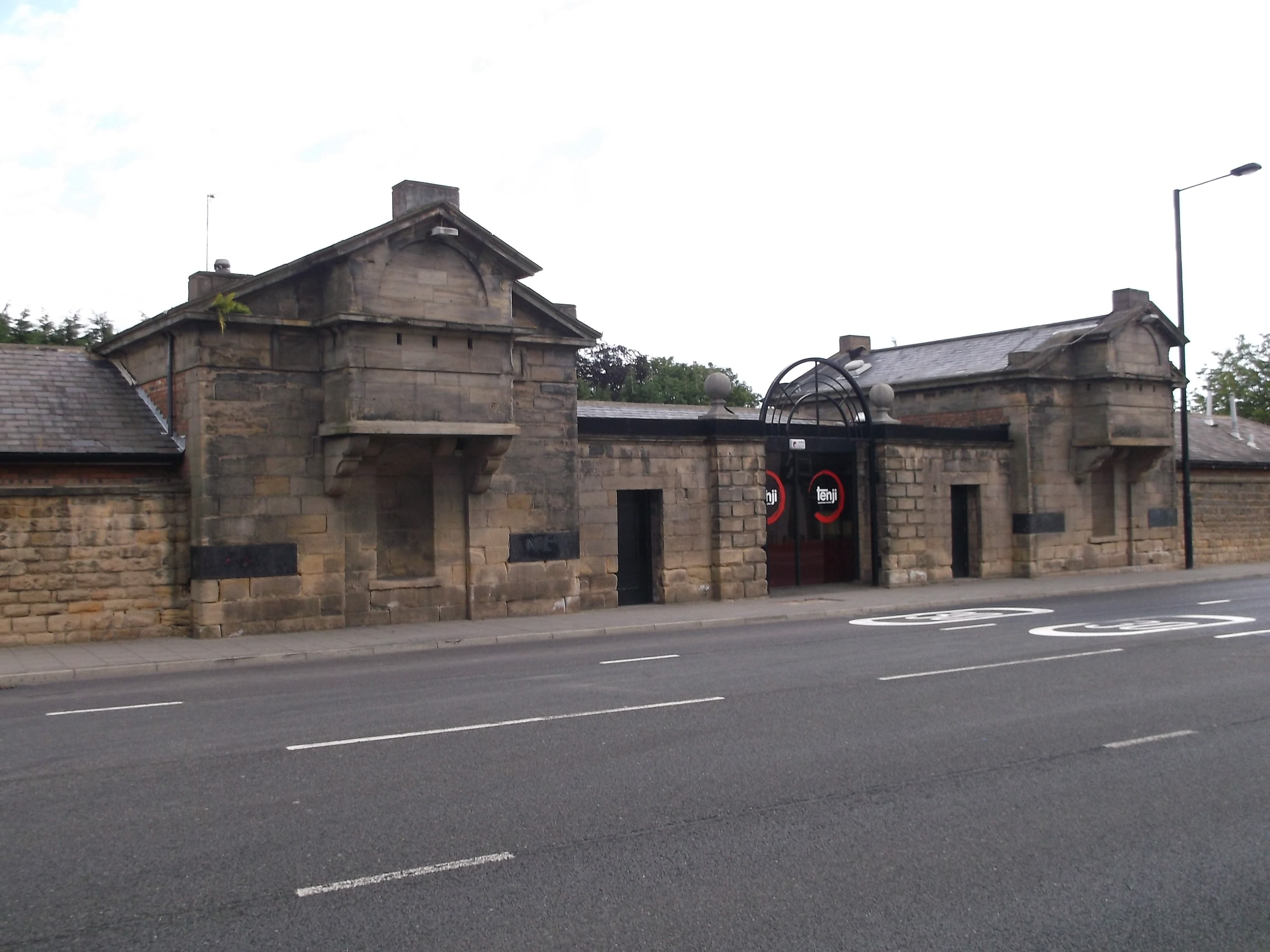|
Tower House, York
Tower House is a former military headquarters building in Fishergate, York, England. History The building, which was designed in the Victorian style, was opened as the headquarters of the North-Eastern Military District in October 1878. It became the headquarters of Northern Command in 1905. The Fishergate site was named Imphal Barracks in 1951, but closed in 1958, when Northern Command HQ moved to a new Imphal Barracks on Fulford Road, York. The former headquarters at Fishergate was restored and refurbished as a business centre in the early 1990s. It is described as a "building of merit" in the local conservation area appraisal. References {{reflist Buildings and structures in York ... [...More Info...] [...Related Items...] OR: [Wikipedia] [Google] [Baidu] |
Fishergate
Fishergate is a street and surrounding area of York, England. History Fishergate runs along a strip of slightly raised ground, east of the River Ouse. Archaeological investigations have found evidence of prehistoric occupation, before the construction of Roman Eboracum. By the 1st century, a major Roman road ran south from the city, through what is now Fishergate Bar and along the line of Fawcett Street before joining the line of modern Fishergate. Cemeteries also existed in the area. In Anglian times the area was the city's major manufacturing and trading centre. Archaeological finds in 1985–1986 included traces of 8th–9th century timber buildings and metals, bone and leather representative of the industrial activity in the area. The area remained occupied in the Jorvik period, during which the old Roman road became known as "Fiscergate", the street of the fishers. St Helen's Church was constructed west of Fishergate, and All Saints' Church to its east. In ... [...More Info...] [...Related Items...] OR: [Wikipedia] [Google] [Baidu] |
York
York is a cathedral city with Roman origins, sited at the confluence of the rivers Ouse and Foss in North Yorkshire, England. It is the historic county town of Yorkshire. The city has many historic buildings and other structures, such as a minster, castle, and city walls. It is the largest settlement and the administrative centre of the wider City of York district. The city was founded under the name of Eboracum in 71 AD. It then became the capital of the Roman province of Britannia Inferior, and later of the kingdoms of Deira, Northumbria, and Scandinavian York. In the Middle Ages, it became the northern England ecclesiastical province's centre, and grew as a wool-trading centre. In the 19th century, it became a major railway network hub and confectionery manufacturing centre. During the Second World War, part of the Baedeker Blitz bombed the city; it was less affected by the war than other northern cities, with several historic buildings being gutted and restore ... [...More Info...] [...Related Items...] OR: [Wikipedia] [Google] [Baidu] |
Victorian Architecture
Victorian architecture is a series of architectural revival styles in the mid-to-late 19th century. ''Victorian'' refers to the reign of Queen Victoria (1837–1901), called the Victorian era, during which period the styles known as Victorian were used in construction. However, many elements of what is typically termed "Victorian" architecture did not become popular until later in Victoria's reign, roughly from 1850 and later. The styles often included interpretations and eclectic revivals of historic styles ''(see Historicism)''. The name represents the British and French custom of naming architectural styles for a reigning monarch. Within this naming and classification scheme, it followed Georgian architecture and later Regency architecture, and was succeeded by Edwardian architecture. Although Victoria did not reign over the United States, the term is often used for American styles and buildings from the same period, as well as those from the British Empire. Victorian arc ... [...More Info...] [...Related Items...] OR: [Wikipedia] [Google] [Baidu] |
Northern Command (United Kingdom)
Northern Command was a Home Command of the British Army from 1793-1889 and 1905–1972. Nineteenth century Great Britain was divided into military districts on the outbreak of war with France in 1793. The formation in the North, which included Northumberland, Cumberland, Westmorland and Durham, was originally based at Fenham Barracks in Newcastle upon Tyne until other districts were merged in after the Napoleonic Wars. In 1840 Northern Command was held by Major-General Sir Charles James Napier, appointed in 1838. During his time the troops stationed within Northern Command were frequently deployed in support of the civil authorities during the Chartist unrest in the northern industrial cities. Napier was succeeded in 1841 by Major-General Sir William Gomm, when the command included the counties of Northumberland, Cumberland, Westmorland, Durham, Yorkshire, Cheshire, Derbyshire, Lancashire, Nottinghamshire, Flintshire, Denbighshire and the Isle of Man, with HQ at Manchest ... [...More Info...] [...Related Items...] OR: [Wikipedia] [Google] [Baidu] |
Imphal Barracks
Imphal Barracks is a military installation located in Fulford, York, England. History Cavalry barracks were built in Fulford as part of the British response to the threat of the French Revolution and were completed in 1795 but these have now been largely demolished. The infantry barracks, which were built between 1877 and 1878, were initially the depot of the 14th Regiment of Foot who arrived from Bradford Moor Barracks in 1878. Their creation took place as part of the Cardwell Reforms which encouraged the localisation of British military forces. Following the Childers Reforms, the 14th Regiment of Foot evolved to become the West Yorkshire Regiment with its depot at the barracks in 1881. Under the Cardwell Reforms the two battalions of the 25th (Sussex) Regiment of Foot also established a depot at the barracks but following the Childers Reforms that regiment evolved to become the King's Own Scottish Borderers and moved to Berwick Barracks in 1881. In the 1950s, the barracks were ... [...More Info...] [...Related Items...] OR: [Wikipedia] [Google] [Baidu] |



